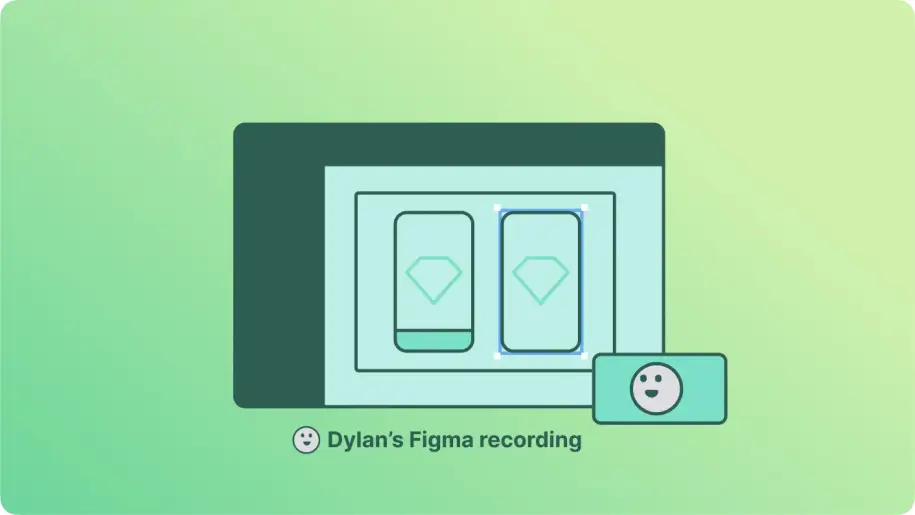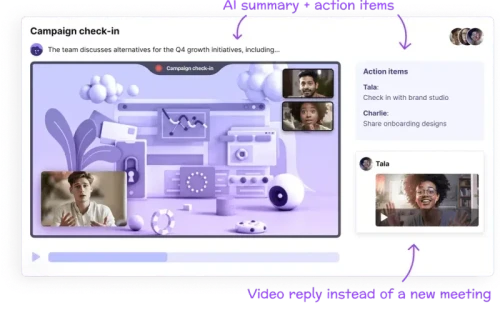
Employee Onboarding Process: Steps for Early Success
Whether you're a seasoned HR pro or new to the role, mastering employee onboarding will be essential for you. Ensure the success of your new hire, and the continued success of your company by learning these steps for success.
Employee onboarding is a highly essential step at any job and for any employee, since it to some extent 'makes or breaks' an employee's career with that company. Obviously, it is more than possible to recover from a shaky start, but everyone wants to get off to a good one, as it really sets the tone.
Everyone has been a new employee at some point in their professional career, and therefore, regardless of whether you are now the CEO or manager, you should be equally committed to letting these new hires thrive from day one. Luckily, you are in the right place to learn how to do so. Buckle up and get acquainted with the process, alongside the steps and reasons for it.
What Is Employee Onboarding?
Employee onboarding is the process that familiarizes new employees with everything that their new role will involve. While the employee will have some knowledge of what the role entails from the job description and from the role (hopefully) being within their area of interest, this process can be seen as the transition from an organizational outsider to an effective insider. It is not only the first day at work but the entire program, beginning with providing the offer letter, to the full inclusion of the new employee into a company’s culture.
Clearly, there is a lot between these two stages of employment, such as the completion of paperwork, the establishment of the employees own area in the office (if in person) or computer access to all necessary software and tools (if remote or asynchronous), the communication of expectations that come with the role, and some introductions to teammates to really help the new hire fit in. These are just some examples, but let's now look into the process as a whole.
What is the Onboarding Process?
The onboarding process is a system process that includes the stages of the pre-onboarding process, a first day orientation, the training period, integration into the company culture and ongoing support and feedback. This is not to say that there is a definitive onboarding checklist or a handbook that guarantees your new hire will be perfect, but these are definitely all areas to take seriously. I want to stress here that the onboarding process is not just something of benefit for the new employee on the block, but actually for the company as a whole. Stats from People Management show this well, as they claim that the UK economy is losing $408 billion every year due to disengaged employees. If we can make sure we are covering the onboarding process extensively, we can go a long way towards improving engagement and making sure employees feel comfortable and have a sense of belonging in their workplace.
Why Is Onboarding Important?
The aforementioned stats say a lot, but let's delve into this some more. A solid onboarding process can contribute to a high percentage of a new hire’s success. According to Harvard Business Review, a well-developed onboarding program can improve the retention rate by approximately 50%, ensuring the further impact on the employee engagement and commitment and also meaning you did not waste the time spent with a new hire.
You might be wondering where the correlation between retention and continued commitment or engagement comes from, as we all know that just sticking around does not necessarily mean we are enjoying the role or are fully committed. However, in this case, TeamStage have proved that solid onboarding experiences improve long-term job satisfaction by over 2.6 times. As well as satisfaction, we also know that performance improves with good onboarding; TeamStage again found that 70% of employees who were fond of their job and were excelling had a streamlined onboarding experience.
How Long Does Onboarding Take?
While the actual duration of the process may vary, a more comprehensive approach to onboarding must last from three months to one year to help the new employee not only understand their role, but also assimilate into the workplace and build relationships with their peers. Most places, such as PeopleSpheres will tell us that the process is only three to six months long, which to some extent is true, as they are claiming this due to the fact that most new hires will decide whether to 'stick or twist' within that job and company within this timeframe. However, for those who do stick around, you should continue onboarding after six months. Only 15% of companies do this, but for me, this is best practice.
Effective Onboarding Strategies
Developing a Structured Onboarding Checklist
Starting from the new employee’s schedule on the first day, this checklist should be specific to you company, because again, there is not a 'one size fits all' technique here. You should cover all critical steps up to and including the completion of all necessary training for the role in this checklist.
Emphasizing Company Culture
It is equally important to be familiar with the company culture as one’s job responsibilities. The concept of “company culture” incorporates the mission and values of the organization and the day-to-day informal rules based on its culture.
Regular Follow-Ups and Feedback
It is important to check in with the new employee to find out how they are doing and tackle any emerging issues. Keeping this regular can help to avoid a situation where the new hire feels out of their depth and lost in their new role. Hiring managers should be tentative and more lenient in their approach to follow-ups and feedback during this time, and understand that this is a tricky period of adjustment for the new employee.
Mentorship Programs
Assigning a mentor to each new employee will help them establish their foothold in the organization and provide an experienced colleague to ask for advice. The benefit is not only professional but can also help the employee to get their foot in the door socially within the workplace.
Customizing the Onboarding Experience
People have different temperaments and learn in different ways. Onboarding works best when it is tailored to each individual. You can often work out someone's character straight away, so this should be something you think about from the first day onwards.
So, now that we have established some good strategies, we should look into how best to deliver these strategies to your new hire. Obviously, you can do this in person, but with the ever-increasing commonality of remote and asynchronous workplaces and set-ups, we have to make sure we can keep up when it comes to employee onboarding. Therefore, let's consider using software and tools for our onboarding processes.
Employee Onboarding Software
According to UKG, 36% of HR professionals believe that inadequate technology has left them unable to streamline their onboarding process. Earlier, we covered the statistical benefit of streamlining this process, and as such, this poor technology usage is hurting widespread programs. As with any area of workplace efficiency and optimization, we want to make sure we set ourselves and the company up for success in the best way possible with new hire onboarding. So, we should take advantage of any useful technology or tools to help us simplify this process while still retaining the key information and getting the points across.
This is equally as applicable in an in person workplace, but recently there has been an increased focus on remote onboarding due to the lack of face-to-face interaction but the continued need for effective communication. This communication is so crucial as statistics from Gitnux have proven that remote employees who received comprehensive onboarding were 18% more likely to feel satisfied with their job, compared to remote employees who were not subject to a good onboarding process.
So, how do we do comprehensive remote onboarding? Well, Gartner claim that 58% of companies have provided hardware for remote employees so that they can onboard and work remotely with success, but, we should also make sure we utilize software to communicate well and organize information into one central hub. Let me show you how you can do this by using Bubbles.

Here, I have used Bubbles to take a screenshot of the tool that I am onboarding. In this case I have used Figma, and I have taken a screenshot that automatically scrolls to capture the full page. From here, I have left comments, walking through how to use this tool. You can view the full bubble here to get a feel for how the scroll and feedback feature work in reality. Alternatively, you can also record a bubble, with video and audio, where you are able to record your whole screen, window, or desktop, so that you can record this walkthrough in a more interactive way. Learn how to do this in my recent article here.
Make your
meetings matter
Use AI to record, transcribe, and summarize meetings into actions. Bubbles is your home for after-meeting collaboration.
Challenges and Solutions in Employee Onboarding
Adapting to Unique Needs
New hires are each subject to unique sets of needs and expectations. Your best solution for any difficulties here is to be understanding, and realize that onboarding will likely be a bumpy road to success.
Balancing Standardization and Personalization
While a standardized approach is most efficient, personalization may be necessary in various areas. This does not need to be during the teaching process of onboarding, and in fact, organizing everything in something like a bubble is great for this step, as it can save the HR department time, and also give everyone a level playing field. Personalize the follow-ups and feedback instead.
Measuring the Success of Onboarding
The onboarding process may be deemed successful if the new employee becomes productive in a short period after being hired, or begins to really understand the company and thrive. Again, understand that people will take different amounts of time to get up to speed, but don't be overly lenient. Use feedback, but if it is not looking positive, don't be afraid to make a change.
So overall, onboarding can be a long, time-consuming process, especially if you are not set-up for success. By using these steps, you should be able to stop being daunted by this task, and instead, tackle it with efficiency and clarity. Trial and error is key here, so don't be put-off by failure. Take it in your, and your company's stride, and continue to optimize by using software and new ideas.
Collaborate better with your team
Get your point across using screen, video, and audio messages. Bubbles is free, and offers unlimited recordings with a click of a button.

Collaborate better with your team
Get your point across using screen, video, and audio messages. Bubbles is free, and offers unlimited recordings with a click of a button.

Make your
meetings matter
Use AI to record, transcribe, and summarize meetings into actions. Bubbles is your home for after-meeting collaboration.










